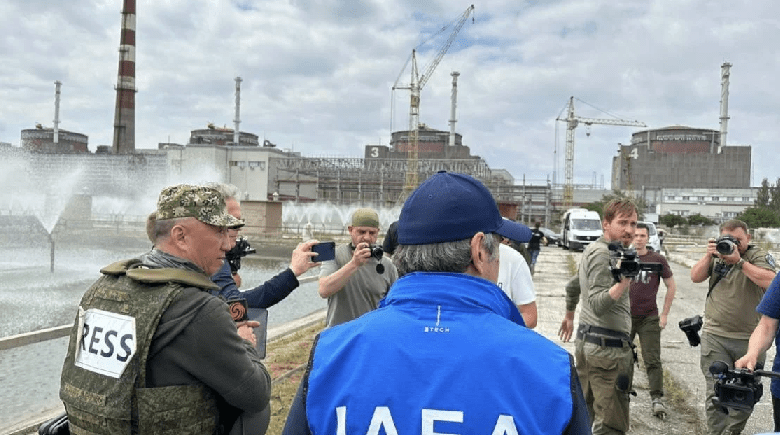IAEA and Russia agree that launching power units at the Zapadnaya NPP during war is impossible

The IAEA, during discussions with representatives of the Russian supervisory body Rostechnadzor at the Zaporizhzhya NPP, reached a common conclusion: the start-up of power units at the plant is impossible while the war continues. About this reported IAEA Director General Rafael Grossi.
“Based on discussions at the site this week, it is clear that there is a general consensus among all parties that the Zaporizhia Nuclear Power Plant cannot restart operations as long as this large-scale war continues to threaten nuclear safety at the site.” Grossi said.
According to him, the IAEA team on site received information that before resuming the operation of any of the reactors, it is necessary to completely solve the problems with the supply of cooling water and electricity outside the station.
Such requirements are prerequisites for the possible withdrawal of six power units of the Zaporizhzhya NPP from the current state of cold shutdown. These conditions were announced during the negotiations of the IAEA team with representatives of the occupation management of the station and Rostechnadzor, which is conducting a pre-licensing inspection of units #1 and #2 this week. The current operating licenses issued by the State Nuclear Regulatory Commission of Ukraine expire in December of this year and in February of 2026, respectively.
The IAEA stressed that the energy supply of the ZNPP remains critically unstable: today only one power transmission line is functioning, although there were ten of them before the war. In addition, after the collapse of the Kakhovskaya Dam in mid-2023, the station lost a source of sufficient water to cool six power units.
During the week, the IAEA team monitored the maintenance at the site, in particular the safety systems of the 5th power unit and the main transformer of the 4th power unit, on which planned work has begun.
“The team was informed that the pump in one of the 11 groundwater wells at the site, built after the collapse of the Kakhovka Dam, is currently not working and will be replaced. The ten remaining wells continue to provide sufficient water flow for the shutdown reactors.”, the agency added.





